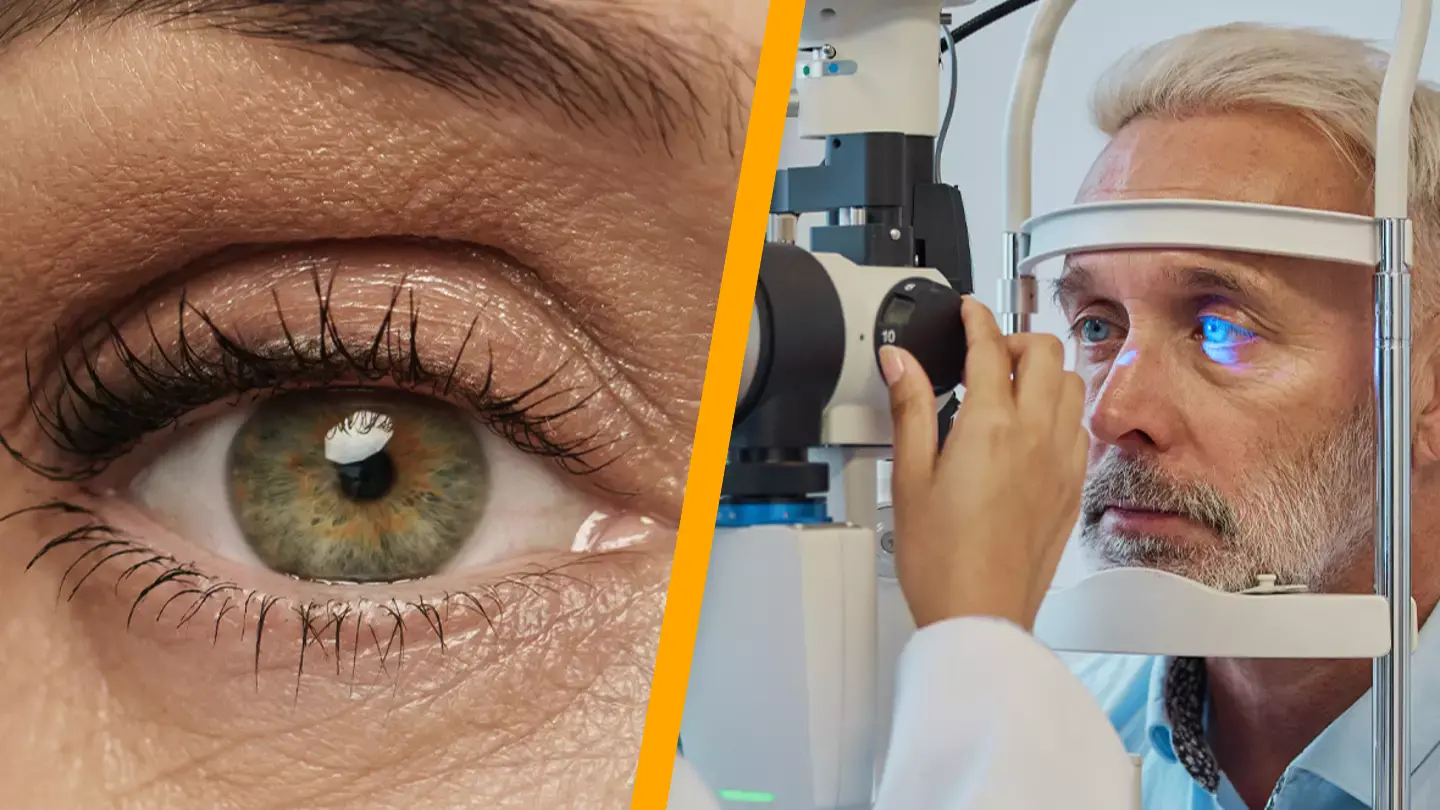You may believe your eye color is quite uncommon, but researchers have identified a new eye color that they claim is the rarest ever observed in humans.
We are generally familiar with the four primary eye colors: brown, blue, green (considered elite), and hazel.
But what about a color that only one percent of the population is born with?
Traditionally, individuals with green eyes have been known to possess the rarest eye color, representing two percent of the population, followed by hazel, then blue and brown.
However, there is now a new contender leading the color chart, distinct from any you’ve seen before.

Scientists have identified this color as the rarest, and as a green-eyed individual, one might feel uncertain about this discovery.
In a scenario reminiscent of House of the Dragon, the Greens face a rival seeking to usurp their top position.
Unlike the HBO show, the challengers are not the Blacks but the Greys.
And fortunately, there are no dragons involved.
Yes, researchers now claim that the rarest eye color is no longer green, but grey.
It’s quite surprising, but it’s a fact.
Previously, gray was considered part of the blue category, but scientists have redefined it as a separate color.
If I had green eyes, I’d likely feel a bit upset that a reclassification has dethroned green as the rarest eye color.
As someone with brown eyes, I feel like an outsider watching a dispute among nobles.
So, how prevalent are the various eye colors?

Globally, brown eyes are overwhelmingly the most common, comprising between 55 percent and 79 percent of the world’s population, according to VeryWell Health.
Blue eyes follow, accounting for 8 percent to 10 percent, a similar percentage to hazel, which is 10 percent worldwide and can be traced back to a single ancestor.
In the US, blue eyes are more prevalent, making up 27 percent, while hazel accounts for 18 percent.
Finally, there’s grey, which has diverged from blue.
Grey eyes are less than 1 percent of both the US and global populations.
Grey and blue eyes are often confused since both have low melanin levels and absorb longer light wavelengths.
Eye color, specifically the color of the iris, is an inherited trait.
Multiple genes influence the color and shade of one’s eyes, with their combination resulting in a unique pigment.

